Table of content
Introduction
Potatoes, known scientifically as Solanum tuberosum, are a staple food crop globally, renowned for their versatility and nutritional value. They can be boiled, baked, fried, or incorporated into countless dishes, making them a favorite among chefs and home cooks alike. However, one common challenge faced by potato growers and home storers is sprouting—a natural process where the potato begins to grow new shoots. Sprouting not only reduces the quality and taste of the potato but can also lead to the formation of toxic compounds, particularly if the sprouts are consumed. Therefore, learning how to store potatoes effectively to prevent sprouting is crucial for maintaining their freshness and edibility.
Understanding Potato Sprouting
Before diving into storage techniques, it’s essential to understand why potatoes sprout. Sprouting is triggered by several factors, including temperature, light exposure, and the potato’s physiological state. Potatoes are dormant when harvested, meaning they have a natural period where they won’t sprout. This dormancy period can last from a few weeks to several months, depending on the variety and storage conditions.
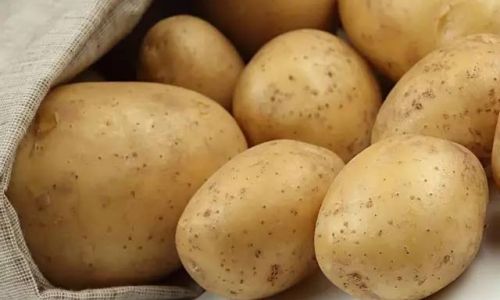
Once dormancy ends, potatoes can sprout if exposed to favorable conditions. Warm temperatures, especially above 15°C (59°F), accelerate sprouting. Light also plays a role, as potatoes exposed to sunlight or bright indoor lighting tend to sprout faster than those kept in darkness. Additionally, the presence of moisture and oxygen, along with certain hormones within the potato, contribute to sprouting.
Choosing the Right Potatoes for Storage
The first step in preventing sprouting is selecting the right potatoes for storage. Ideally, choose potatoes that are firm, free from bruises, cracks, and diseases. Varieties with longer dormancy periods, such as russet potatoes, are generally better suited for long-term storage than those with shorter dormancy, like new potatoes.
Avoid storing potatoes that have already started sprouting, as these will continue the process more rapidly. It’s also important to remove any green patches on the skin, which indicate exposure to light and can lead to the formation of solanine, a bitter, toxic compound.
Optimal Storage Conditions
To effectively prevent sprouting, potatoes should be stored in conditions that mimic their natural environment during dormancy. Here are the key factors to consider:
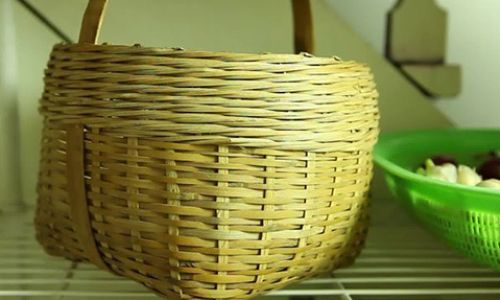
Temperature
Temperature control is paramount. Potatoes should be stored at a cool, consistent temperature between 4°C and 10°C (39.2°F and 50°F). This range slows down metabolic processes, including sprouting. Avoid storing potatoes in warm areas, such as near heaters or in unventilated pantries, as this will accelerate sprouting.
Humidity
Maintaining the right humidity is also crucial. Potatoes need a relative humidity of around 85-90% to prevent dehydration. Low humidity can cause the potatoes to shrink and develop a wrinkled appearance, while high humidity can lead to mold growth. Using a humidity-controlled storage area or wrapping potatoes in a breathable material like paper bags can help maintain the desired humidity levels.
Light
Keep potatoes in a dark environment. Light, especially direct sunlight, can break dormancy and stimulate sprouting. Store potatoes in opaque containers or in areas where they won’t be exposed to light.
Ventilation
Good ventilation is essential to prevent the build-up of ethylene gas, a plant hormone that promotes sprouting. Ensure that the storage area has adequate airflow to keep the atmosphere fresh. Avoid sealing potatoes in airtight containers, as this can trap moisture and ethylene, creating unfavorable conditions.
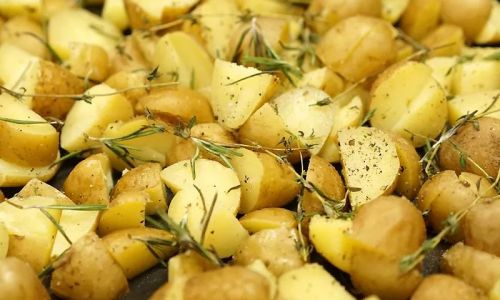
Separation from Other Produce
Store potatoes separately from apples, onions, and other produce that emit ethylene gas. Ethylene can trigger sprouting in potatoes, so keeping them isolated can help prolong dormancy.
Storage Methods
Now, let’s explore some practical storage methods that incorporate the above principles:
In a Cool, Dark Pantry
For short-term storage (up to a few weeks), a cool, dark pantry can be suitable. Ensure the temperature stays within the optimal range by using a thermometer. Line the bottom of a basket or shelf with clean, dry paper towels or newspaper to absorb excess moisture and provide a bit of cushion. Place the potatoes in a single layer or in small stacks to ensure good air circulation.
In a Root Cellar or Basement
For longer-term storage, a root cellar or basement offers ideal conditions. These spaces typically maintain cooler temperatures and higher humidity, making them perfect for potato storage. Again, use baskets or crates lined with paper to keep the potatoes dry and well-ventilated. Check the potatoes regularly for signs of spoilage or sprouting.
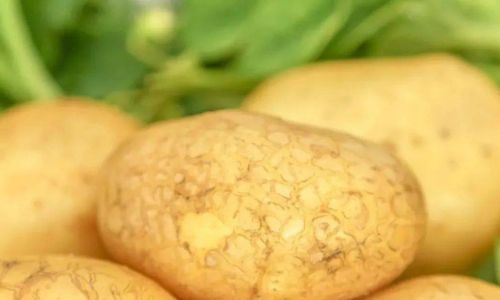
In a Refrigerator (Short-term Only)
While not ideal, a refrigerator can be used for very short-term storage (a few days) if no other options are available. However, the low humidity in most refrigerators can cause the potatoes to dry out, so wrap them tightly in plastic wrap or place them in a sealed container with a damp paper towel to retain moisture. Note that refrigerated potatoes may develop a slightly sweet taste when cooked.
In a Ventilated Storage Bin
For those with limited space, a well-ventilated storage bin can be a practical solution. Use a bin with holes or slits for air circulation and line it with clean, breathable material. Place the potatoes inside, ensuring they are not overcrowded, and store in a cool, dark location.
Monitoring and Maintenance
Regular monitoring is key to successful potato storage. Check the potatoes at least once a week for signs of sprouting, mold, or rot. Remove any affected potatoes immediately to prevent the spread of disease. If you notice condensation inside the storage container, increase ventilation or adjust humidity levels accordingly.
Conclusion
Storing potatoes to prevent sprouting is a straightforward process that requires attention to detail and an understanding of the potato’s storage requirements. By maintaining optimal temperature, humidity, light exposure, and ventilation, you can ensure your potatoes stay fresh, firm, and ready to use for months. Remember, the key to successful storage lies in creating an environment that mimics the potato’s natural dormancy conditions, thereby delaying the sprouting process and preserving the quality of your harvest. With the right techniques, you can enjoy delicious, home-grown potatoes throughout the year.
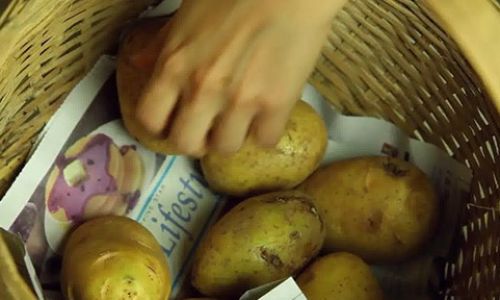

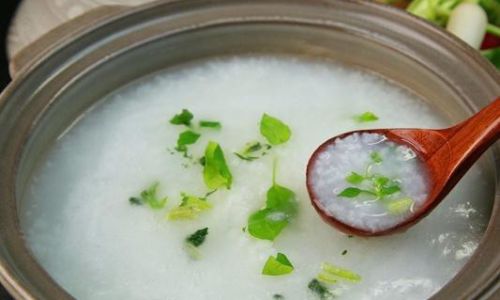
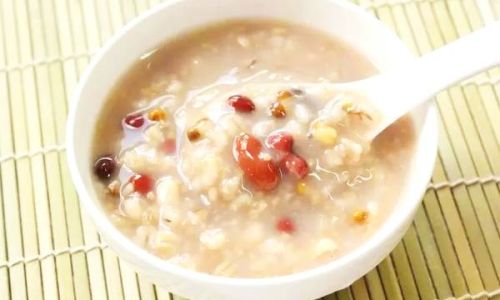
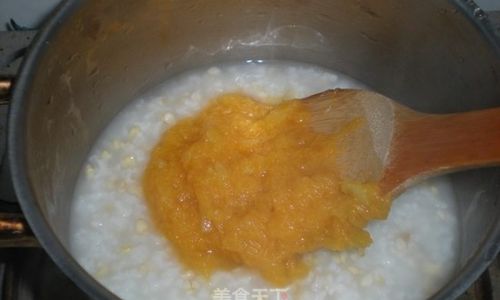
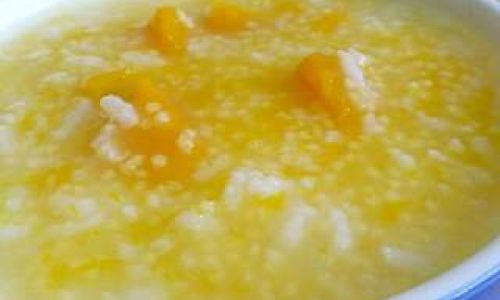

0 comments